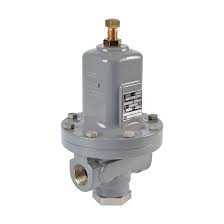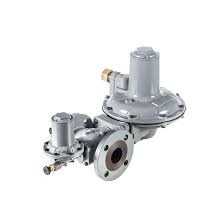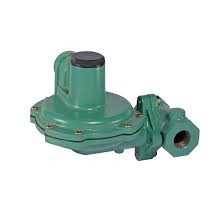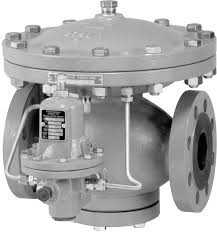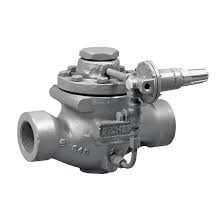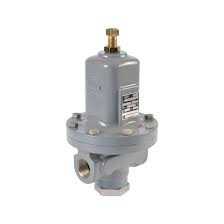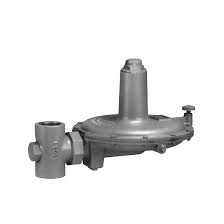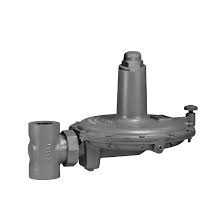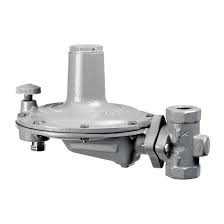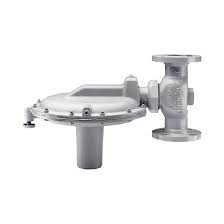Fisher ™ 2506 and 2516 Receiver?Controller
BRAND : Fisher
Fisher™ 2500?249 Pneumatic Controllers and Transmitters
This bulletin contains dimensional information for Fisher displacer?type sensors and for controllers and transmitters used with these sensors. Dimensions are subject to change and certified dimensions should be requested for construction projects. Some of the abbreviations used in this document are as follows: NPT = National Pipe Thread, NPS = Nominal Pipe Size, FF = Flat Face Flange, RF = Raised Face Flange, and RTJ = Ring Type Joint Flange. Flange specification references are ASME B16.1 for CL125 and 250 and ASME 16.5 for CL150, 300, 600, 900, 1500 and 2500.
Features
Details
Fisher™ 2500?249 Pneumatic Controllers and Transmitters
This bulletin contains dimensional information for Fisher displacer?type sensors and for controllers and transmitters used with these sensors. Dimensions are subject to change and certified dimensions should be requested for construction projects. Some of the abbreviations used in this document are as follows: NPT = National Pipe Thread, NPS = Nominal Pipe Size, FF = Flat Face Flange, RF = Raised Face Flange, and RTJ = Ring Type Joint Flange. Flange specification references are ASME B16.1 for CL125 and 250 and ASME 16.5 for CL150, 300, 600, 900, 1500 and 2500.
Features
- Set point, proportional valve opening, and reset changes are made with simple dial knob controls.
- Few moving parts are used. A knife-edged driver bearing in the sensor and the plated brass instrument case ball bearing for the torque tube rotary shaft help to provide low-friction operation.
- Available in a variety of orientations and connection styles, and all sensors can be either right- or left-hand mounted.
- Displacer reaction to small specific gravity changes allows these instruments to be used for level, interface of two fluids, and density applications where a response to low levels of input signal change is required.
- Action is field reversible from direct to reverse or vice versa, without additional parts.
- Supply pressure conservation is enhanced in all constructions because relay exhaust opens only when input signal changes.
- Comes standard with a liquid damping orifice in the lower equalizing connection for the cage sensor that helps provide additional stability.


